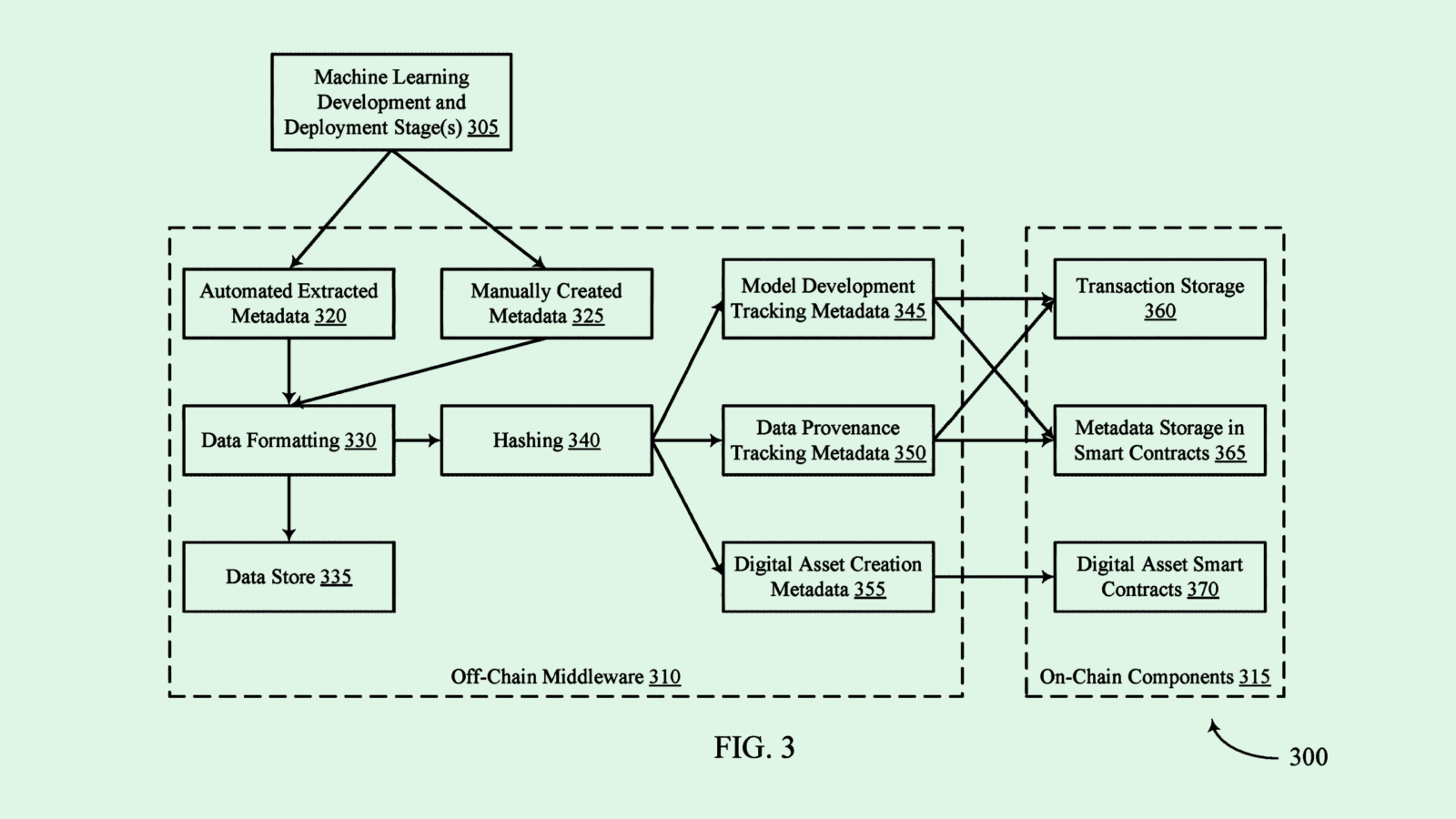Sign up for smart news, insights, and analysis on the biggest financial stories of the day.
Buried in the 5,600 page, $2.3 trillion coronavirus stimulus bill passed in December was a 180-day ultimatum for intelligence agencies to disclose all they know about UFOs. Yes, seriously.
That list of supposed sightings about to grow exponentially.
The Federal Aviation Administration has approved the country’s first fully-automated commercial drone operator.
A League of Their Drone
Naturally, the FAA’s biggest fear in past rulings has been the potential for crashes. Just ask this California man whose drone hit a police helicopter – he is now facing a potential $250k fine and one year in jail.
In the past the FAA has permitted the limited use of drones outside of the direct line of sight of operators in limited scenarios (such as inspecting railroad tracks), so long as operators were in the vicinity.
The new decision sets American Robotics apart by allowing them to fly in U.S. airspace without any human control or supervision:
- Massachusetts-based American Robotics will be allowed to fly its Scout System aircraft — but only in rural and remote settings — for research and development purposes and at a maximum altitude of 400 feet.
- But the company’s Scout drones, which weigh less than 20 pounds, follow predetermined routes and are able to avoid other drones, birds and obstructions using acoustic technology.
Their first crop of users will be agriculture companies in Massachusetts, Kansas and Nevada — soon you’ll be able to snack on drone-raised vegetables.
Amazon and Alphabet Are Waiting in the Wings
While the agriculture, mining, transportation and manufacturing sectors are all expected to increasingly adopt drone technologies in the years to come — something the FAA acknowledged in its decision — also pushing for expanded commercial drone usage are two of the world’s largest tech companies.
Amazon and Alphabet have successfully lobbied the FAA to roll out more detailed safety standards and regulations for unmanned aircrafts as they both compete to roll out package delivery.
The Takeaway
Even before the FAA’s decision, the drone market was on track to grow at a 13.8 per cent CAGR to $42.8 billion by 2025, nearly doubling in size.











